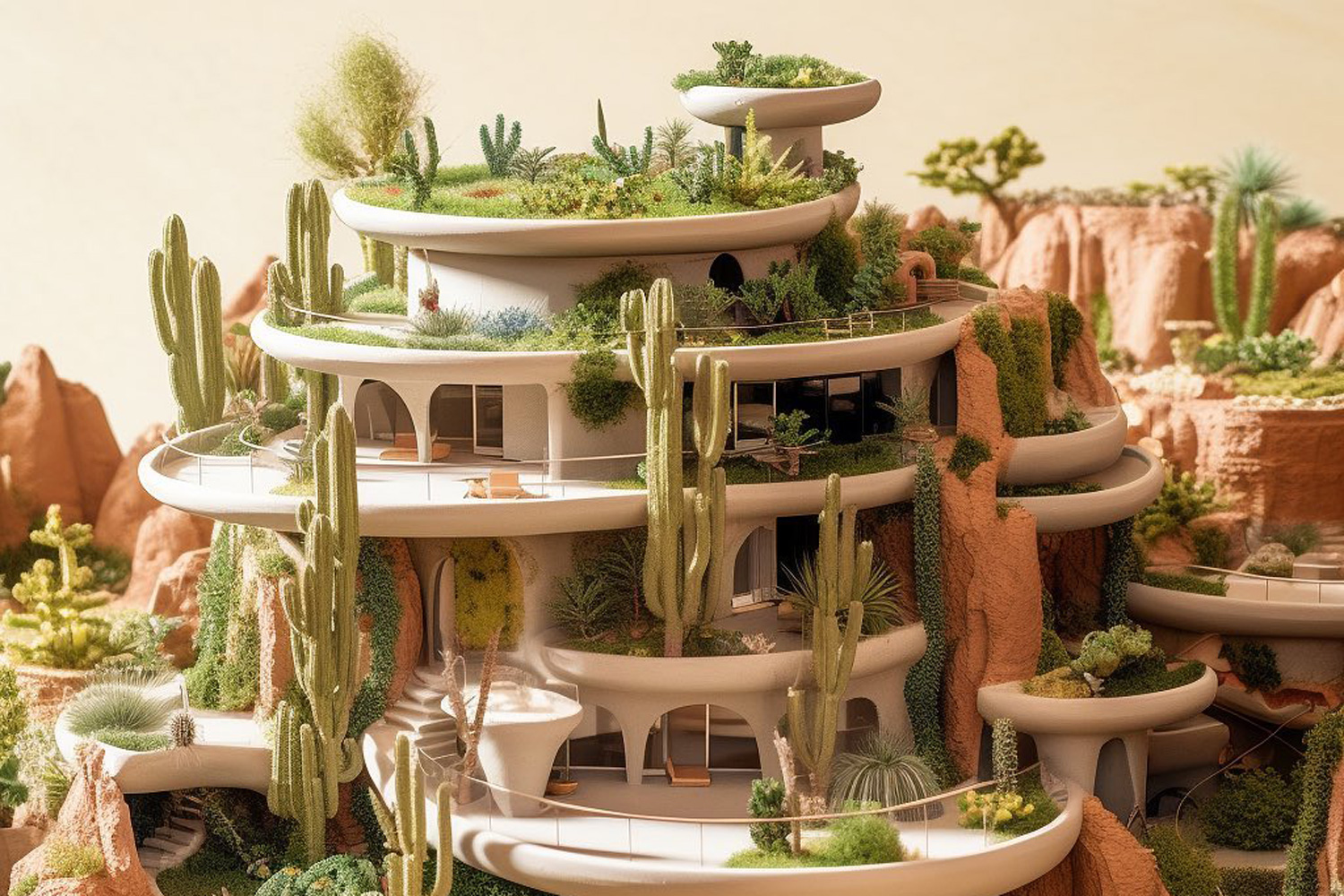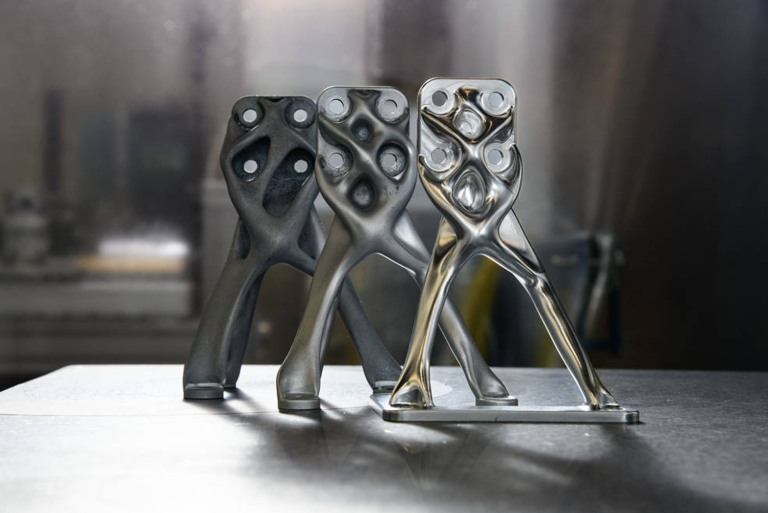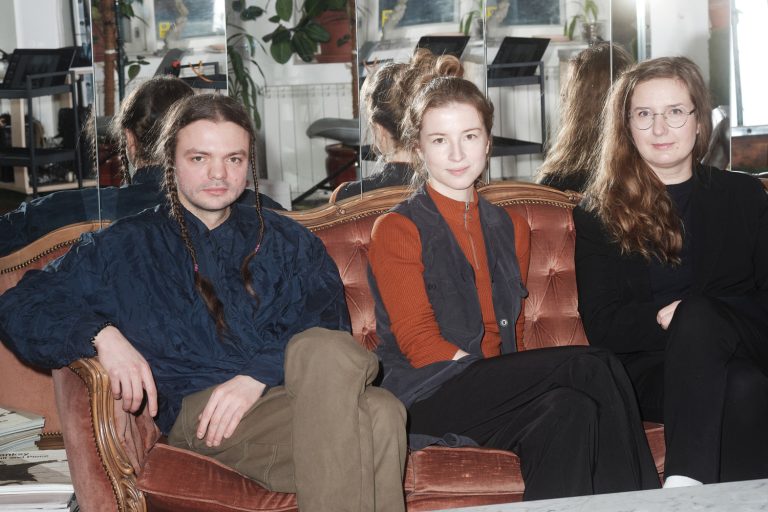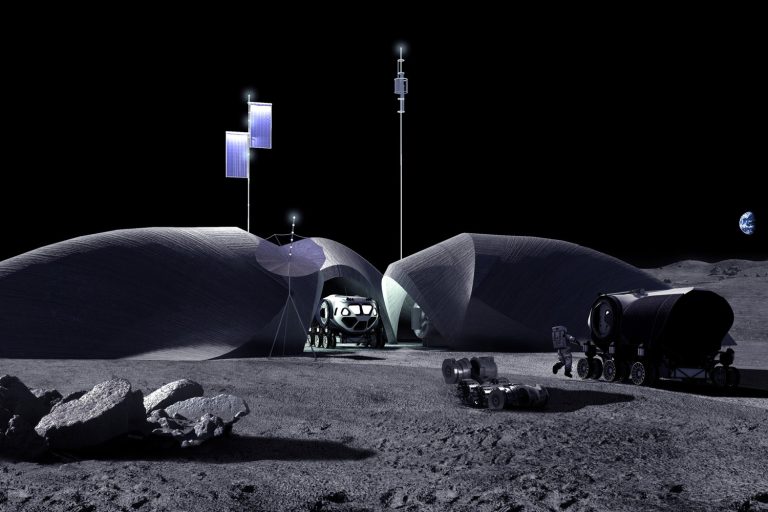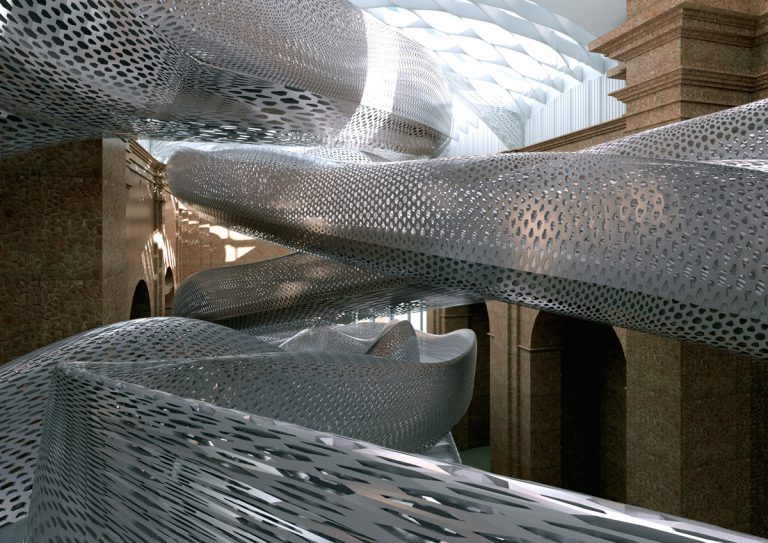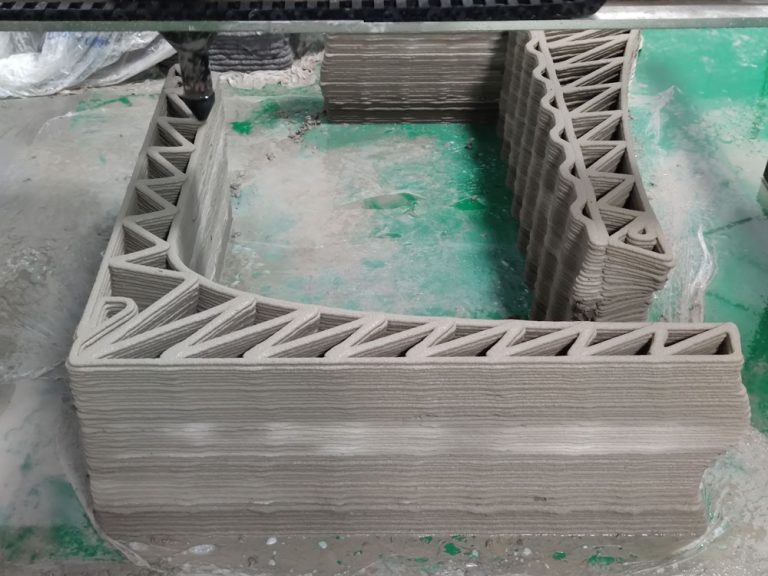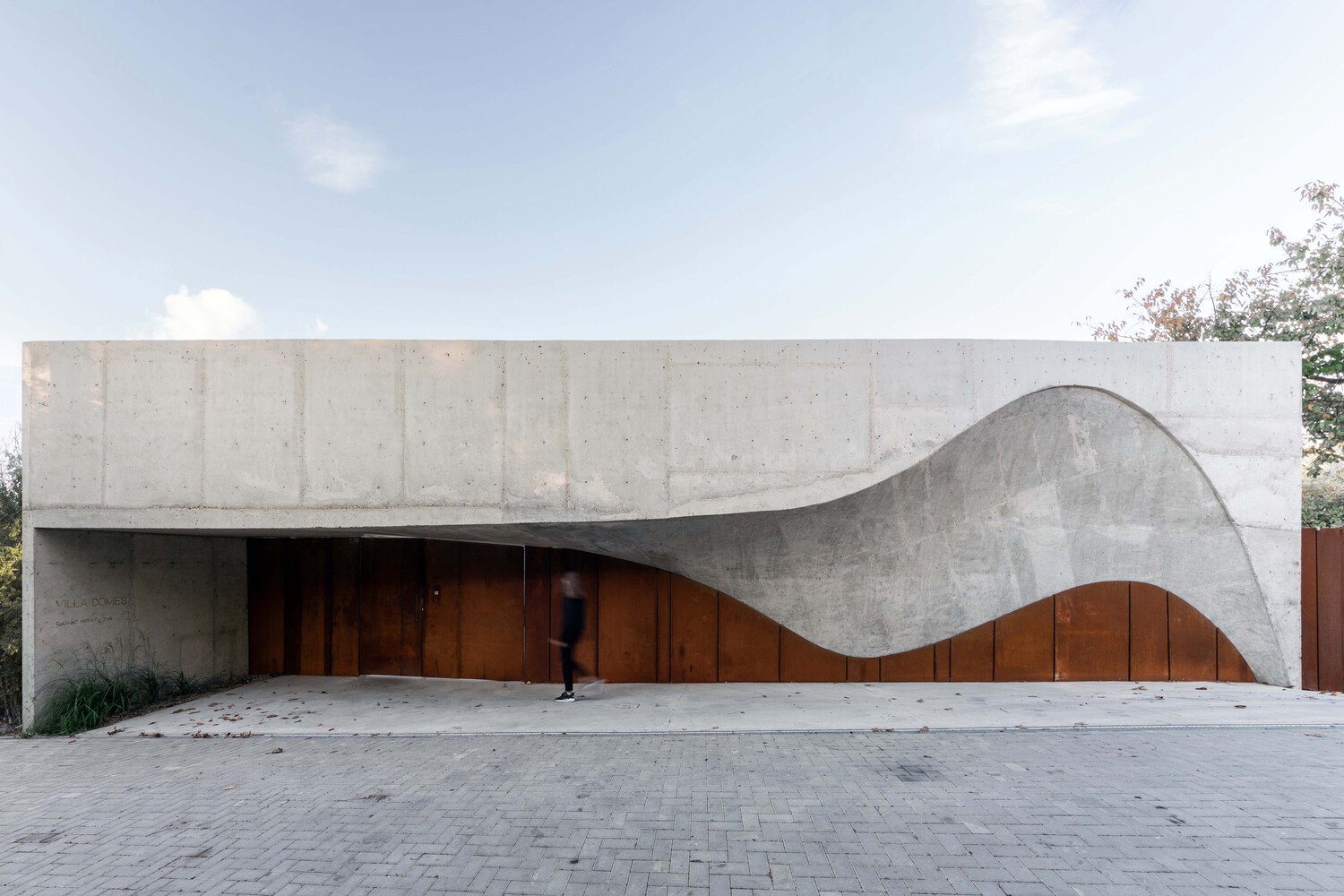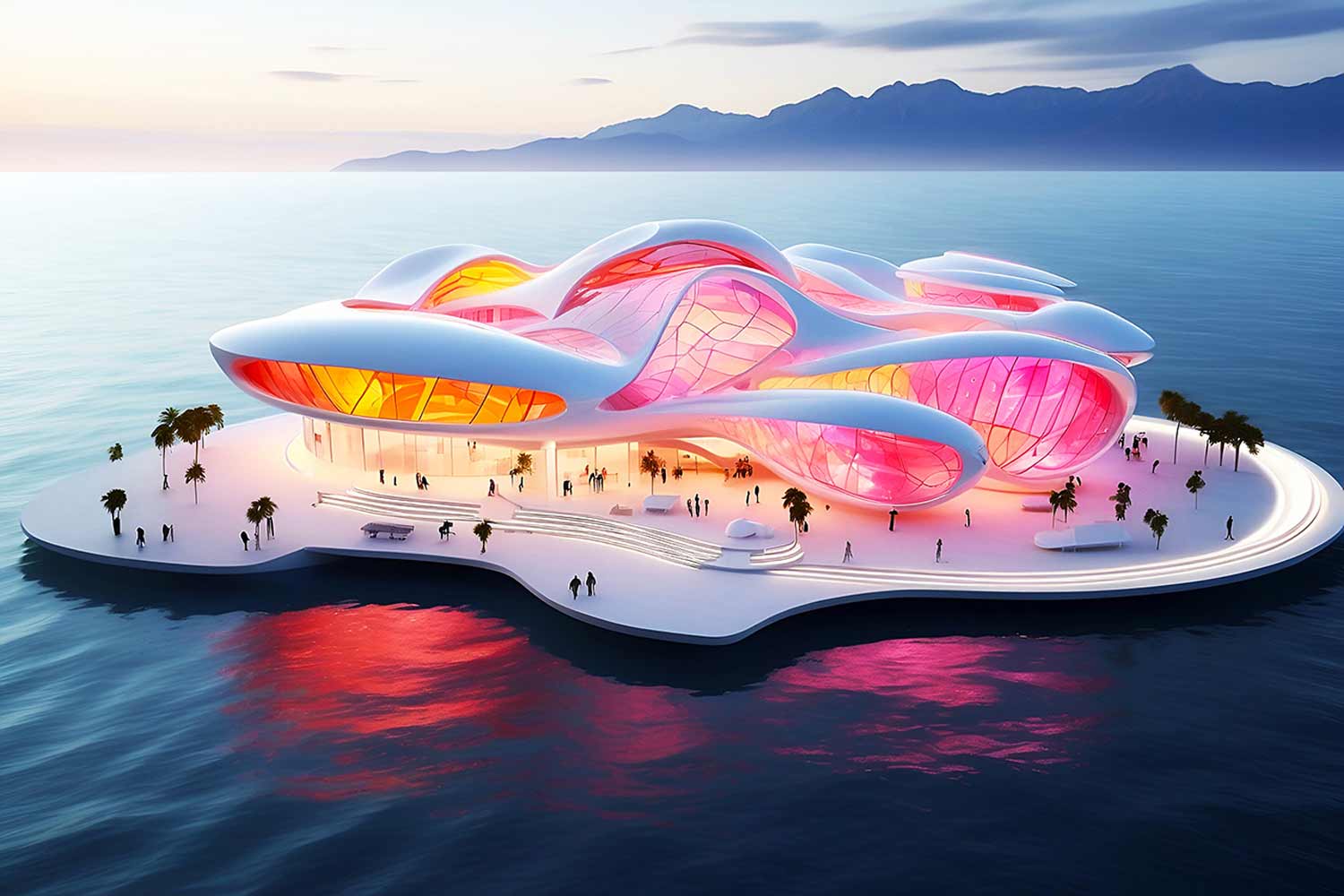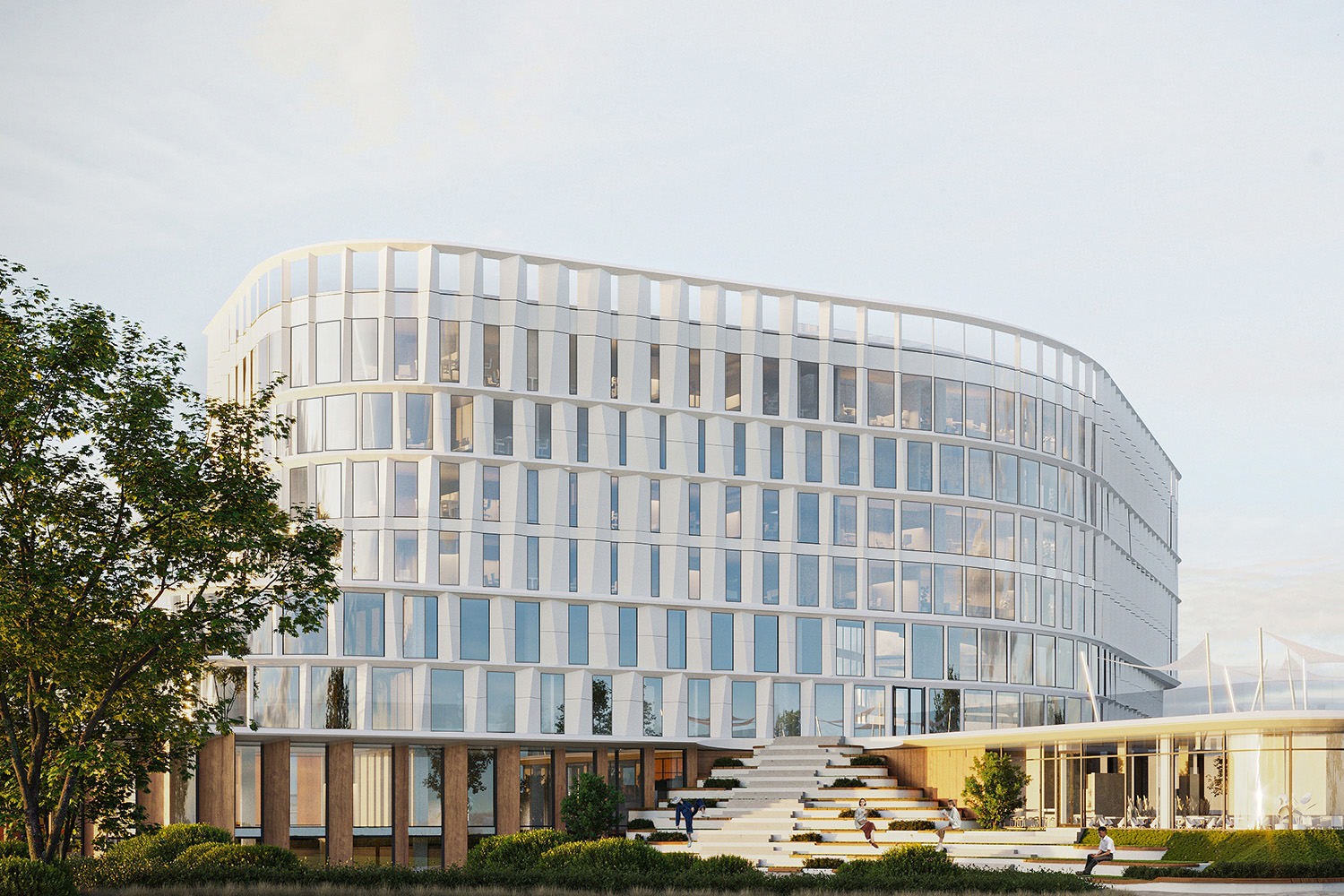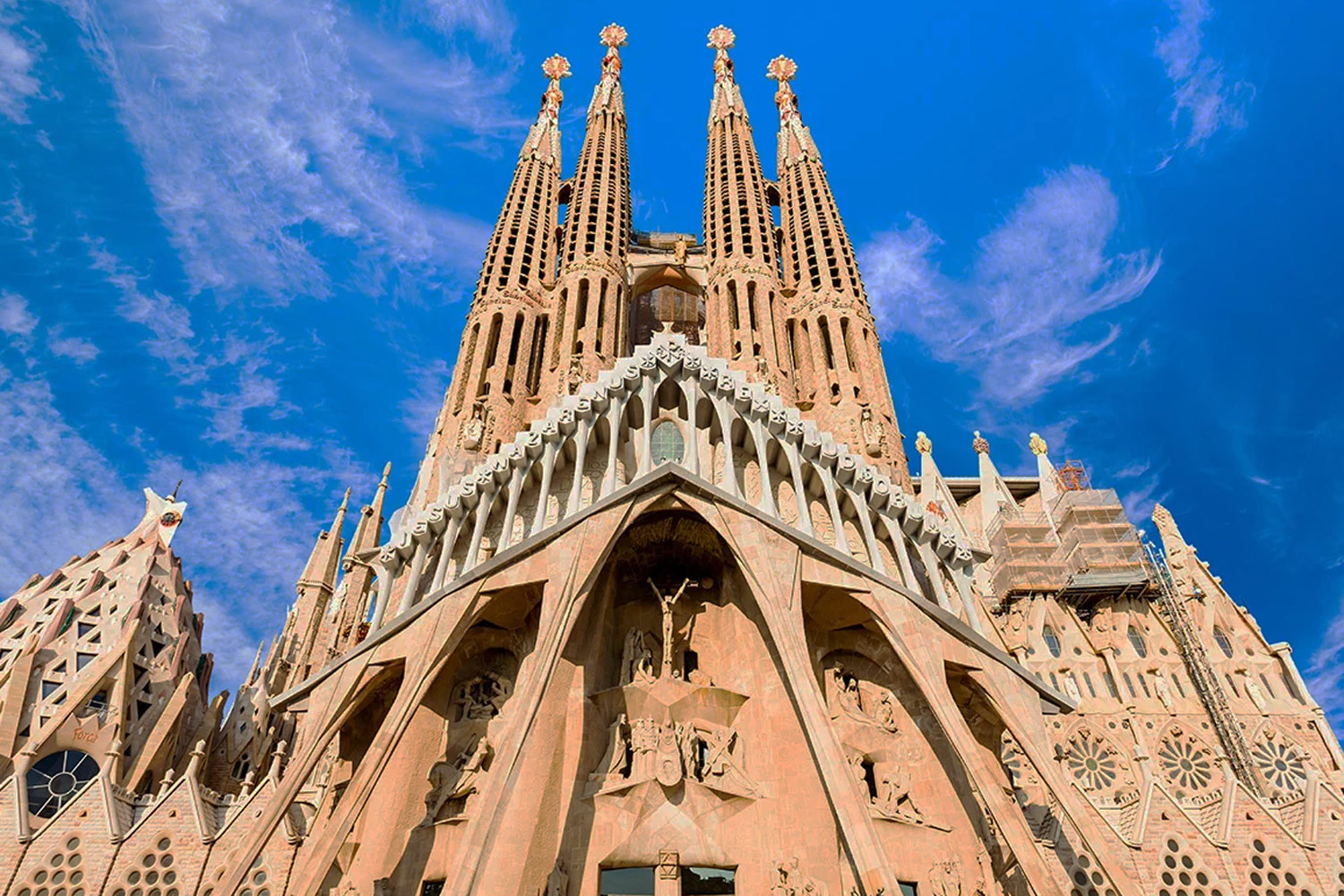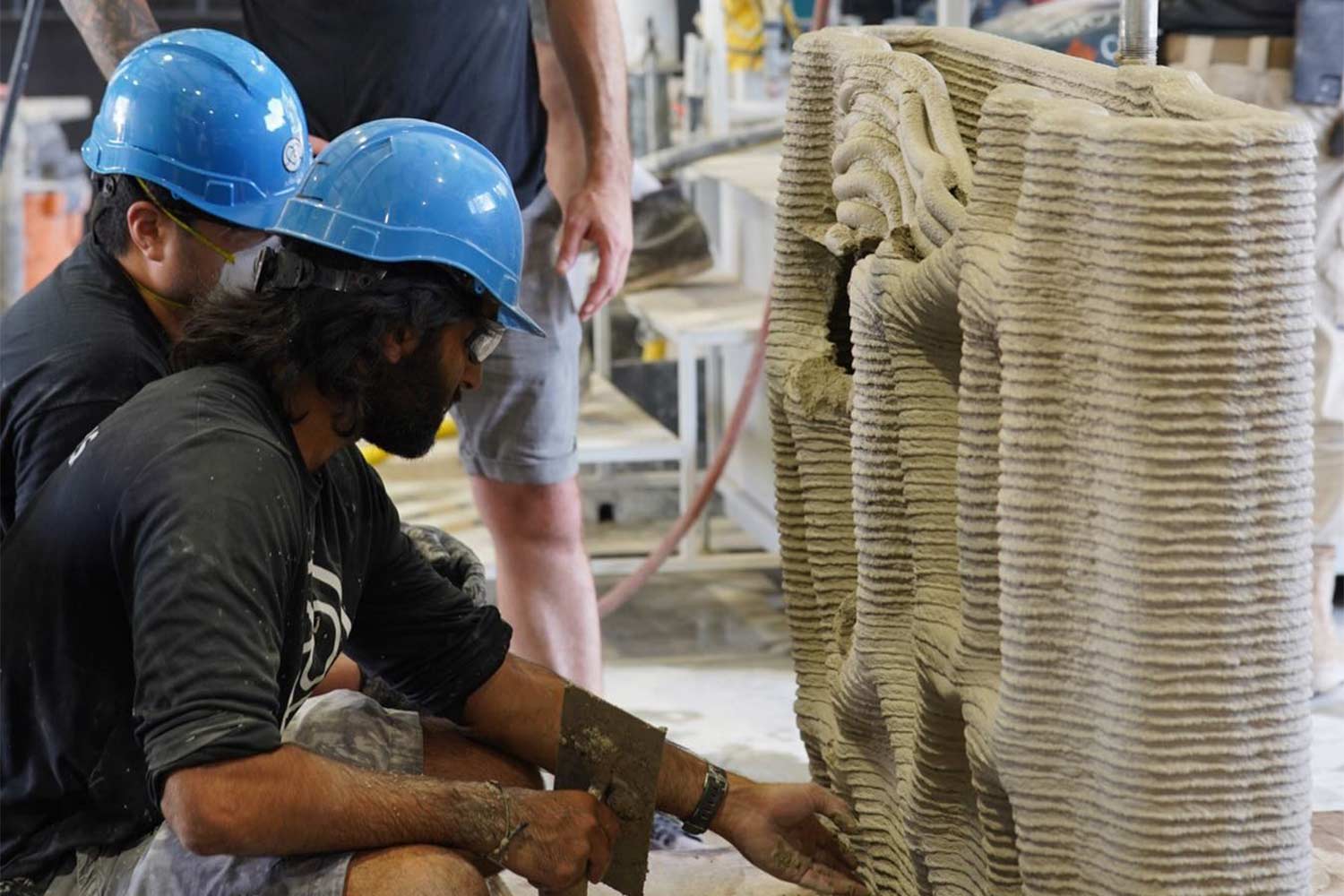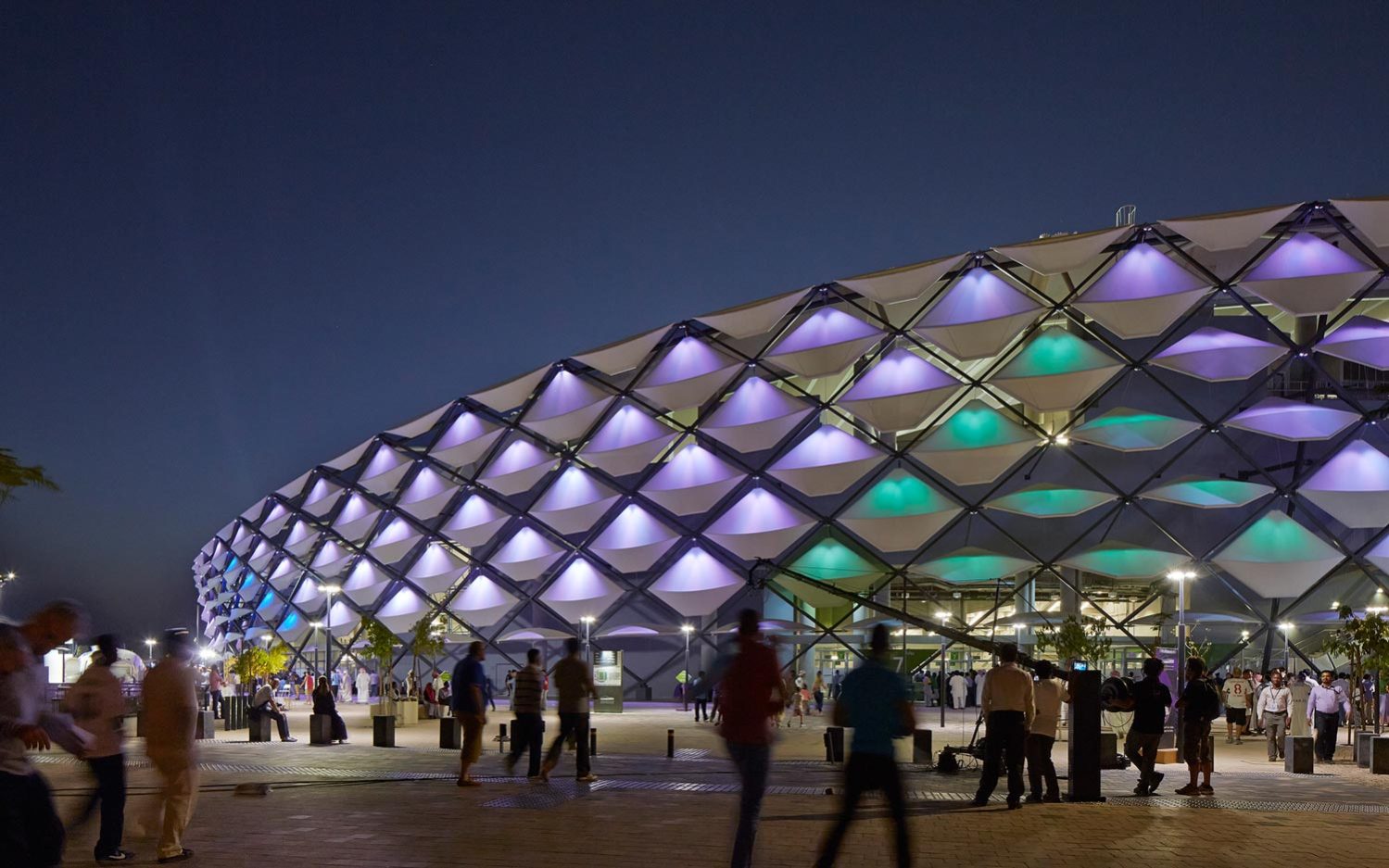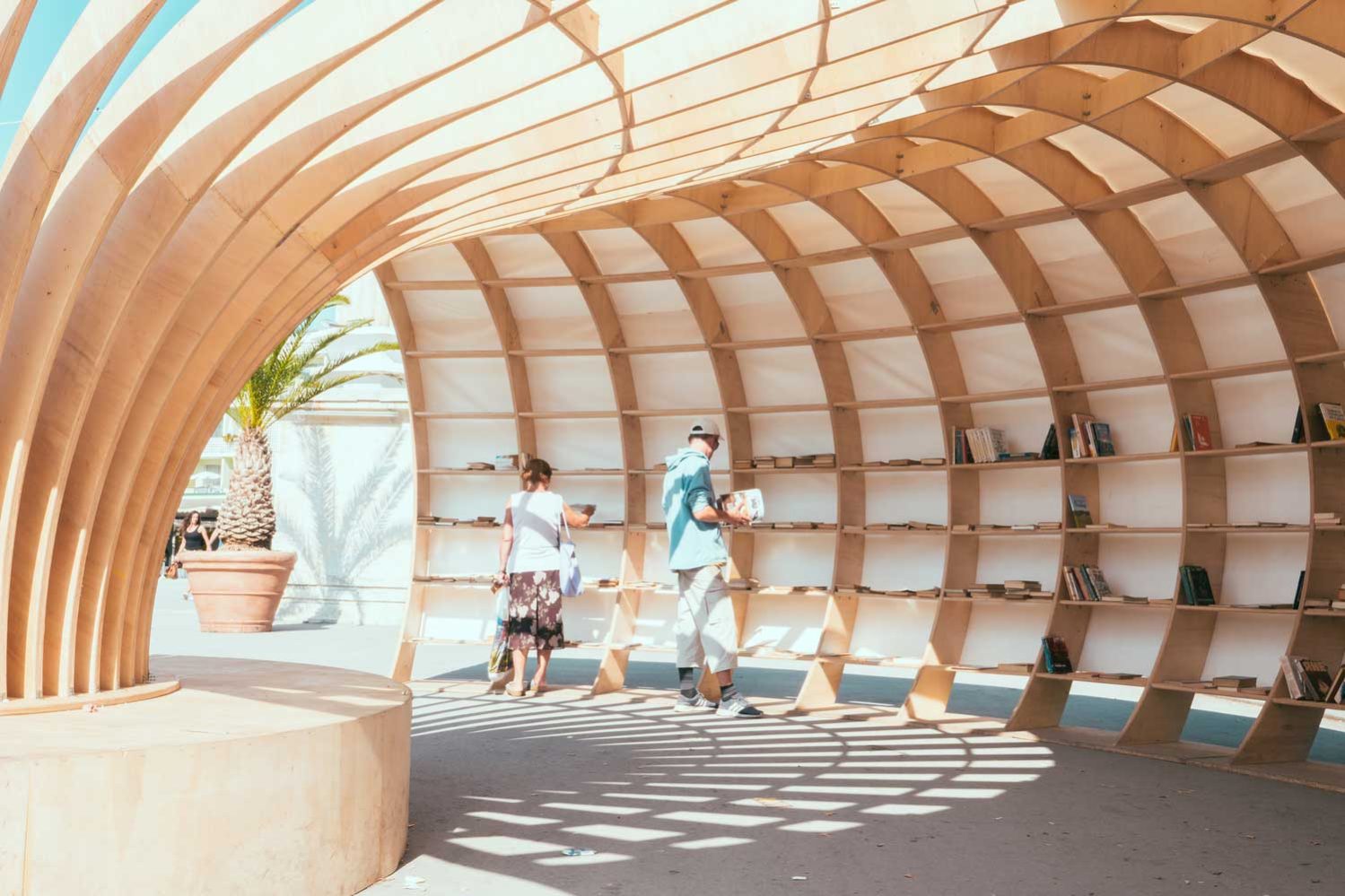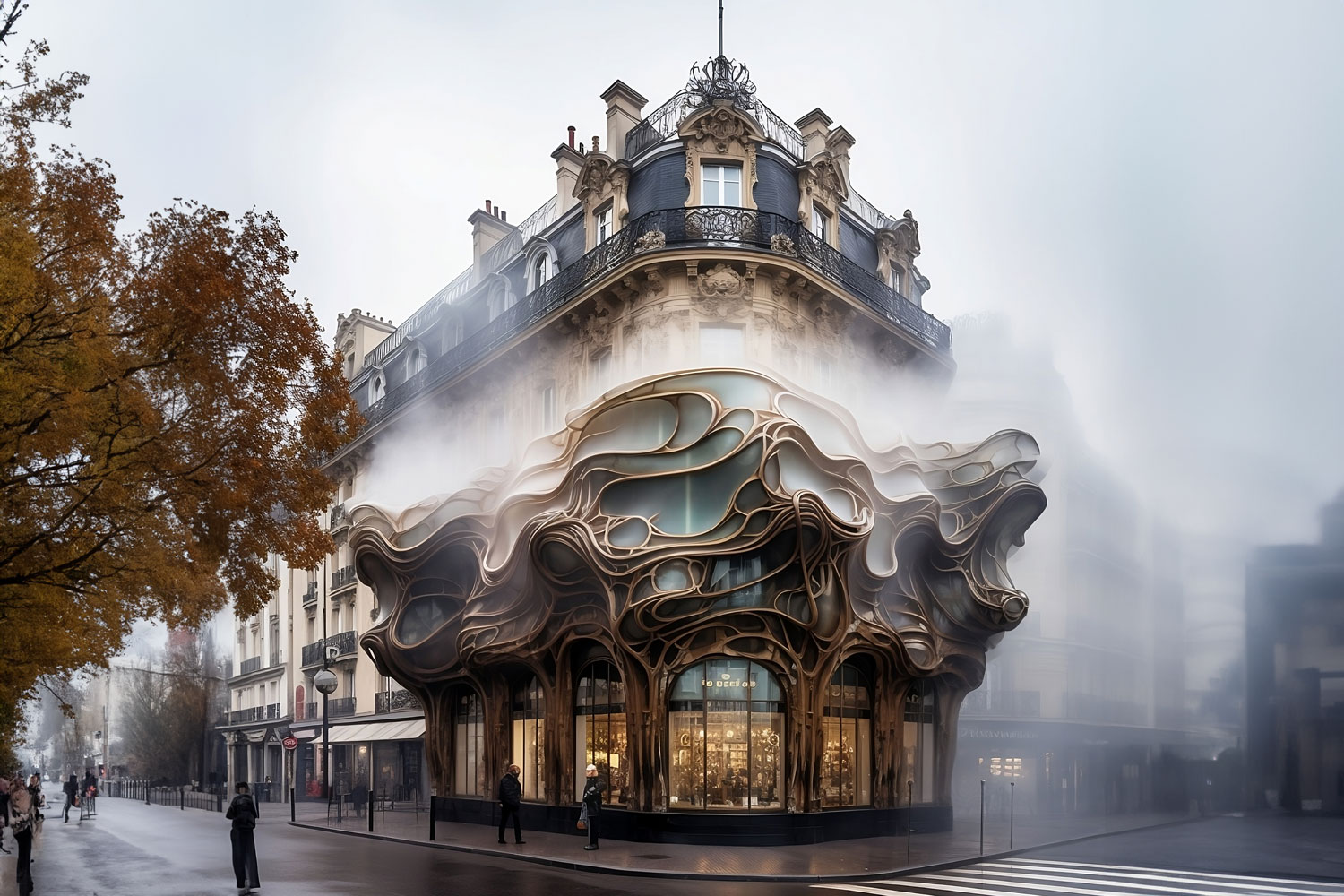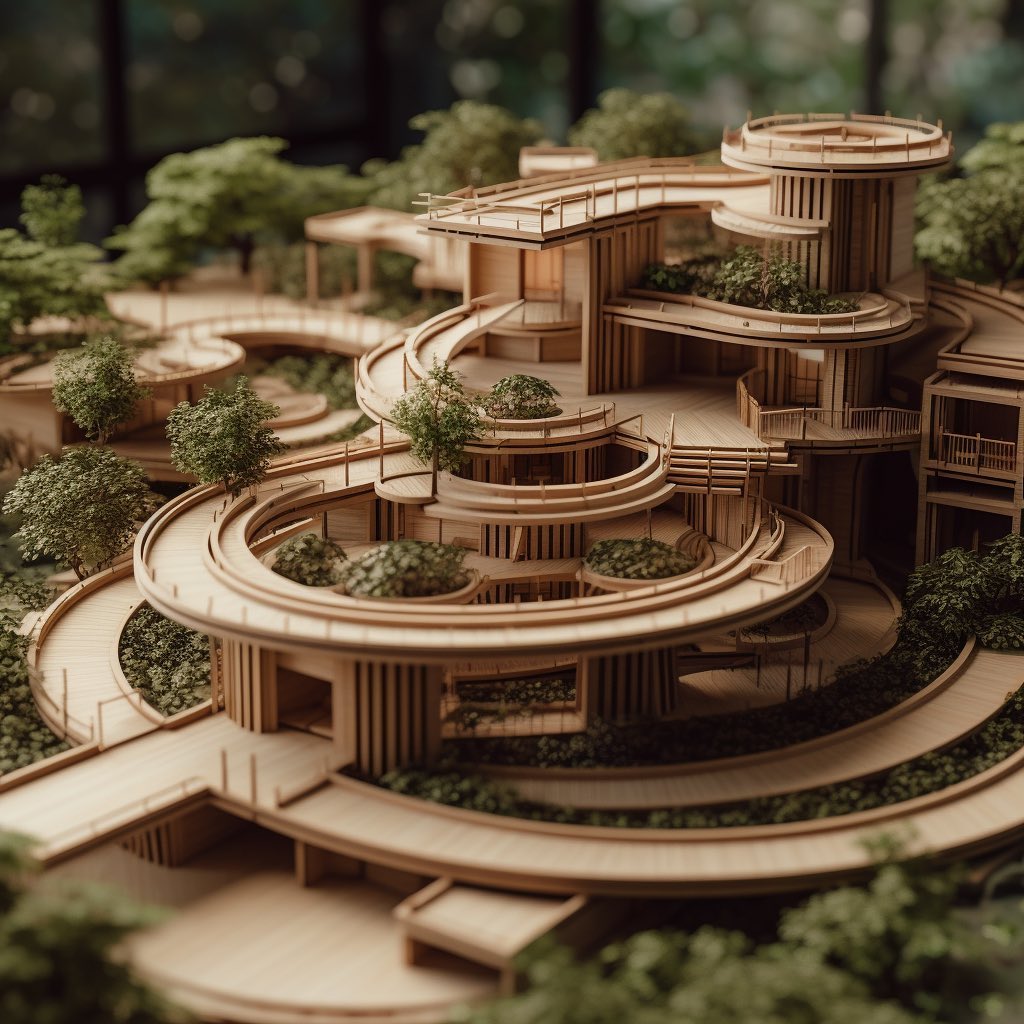
As advancements in artificial intelligence (AI) continue to reshape various industries, the field of architecture has not been left untouched. One significant development is the emergence of text-to-image AI tools like MidJourney, which offer architects and creatives a novel opportunity to not only verbalize but also visualize their ideas during the brainstorming process. In this article, Ida Rasouli explores the implications of these tools, highlighting their potential to revolutionize the way architects communicate and ideate.
Ida Rasouli is an Iranian architect, designer, and researcher with a specialization in flexible design in architecture. She earned her master’s degree in architecture from one of Iran’s most renowned universities and she is the founder of Celeste Design Studio. She has experience working on multiple residential projects and has conducted research on developing strategies to tackle housing problems by creating flexible solutions that can adapt to people’s changing needs over time. Recently, her interest in Persian architecture and residential design led her to utilize AI tools to create innovative architectural forms which gained widespread attention. Since then, she has been experimenting with different methods to incorporate AI tools into the design process and explore new ideas.
If you’re curious about AI tools and their possibilities for architectural design, check out PAACADEMY’s Ideation to Creation with AI – Studio Ida Rasouli.
From Verbalization to Visualization

Traditionally, architects have relied on verbal descriptions or hand-drawn sketches to communicate their design concepts during brainstorming sessions. However, the advent of AI tools has brought about a paradigm shift, allowing architects to transform their raw ideas into visual representations with remarkable ease. Although the resulting visuals may lack intricate details or functional accuracy, they serve as a means to convey the essence of a concept—a visualized spark that ignites the imagination.
Beyond Traditional Communication
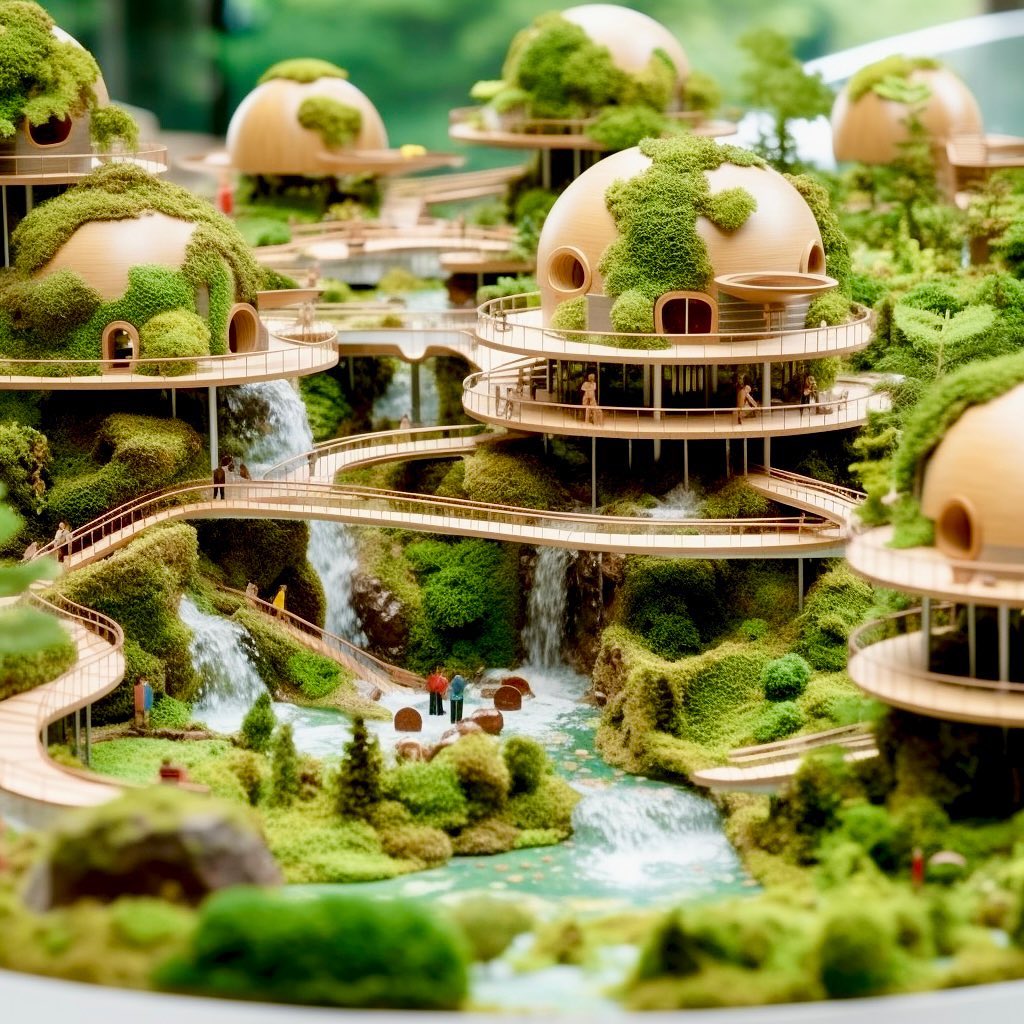
The visualized ideas shared through AI-generated images find a natural fit within the landscape of social media platforms. Instead of being regarded as finalized designs, they should be seen as glimpses into the architect’s creative process. The fast-paced nature of social media demands a swift exchange of ideas, and AI tools enable artists to communicate their concepts in the most efficient manner possible. Consequently, these tools offer architects a newfound language through which they can engage with their peers, clients, and the wider public.
Complementary Explorations

It is crucial to note that at this moment in time, AI tools, despite their advancements, cannot replace the role of architects. Instead, they serve as complementary instruments, empowering architects to explore a multitude of design alternatives within a short span of time. Nevertheless, this newfound abundance of options can be overwhelming and lead to decision fatigue. Architects must navigate through the sea of possibilities, transforming themselves from creators to explorers and curators of ideas.
The Architect’s Digital Calculator
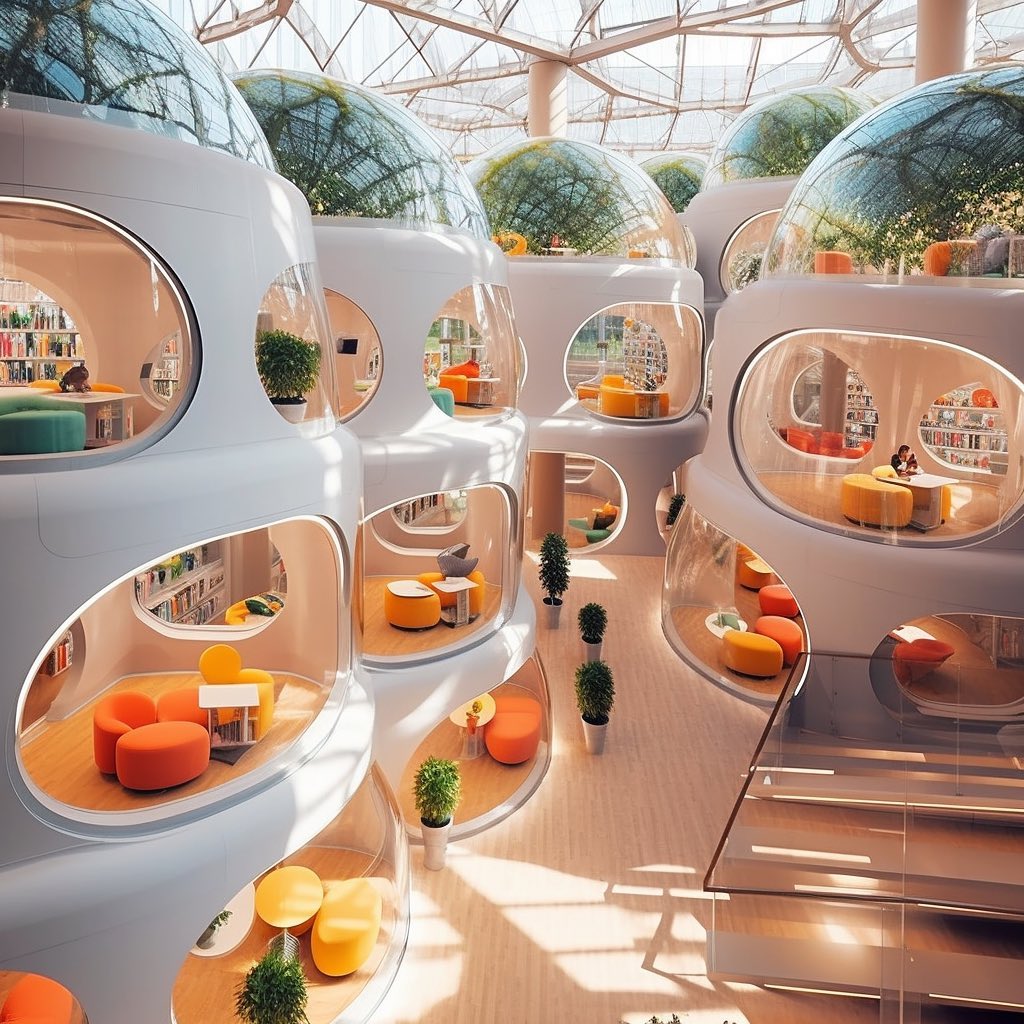
Using text-to-image AI tools often feels akin to using a specialized calculator. Just as a calculator does not solve mathematical problems on behalf of its user but instead provides a means to explore multiple solutions swiftly, AI tools empower architects to effortlessly navigate through numerous design iterations. The ability to connect different ideas and visualize them has never been easier for architects and artists alike. AI tools augment brainstorming sessions, injecting surprises and randomness that stimulate unexplored ideas and foster divergent thinking.
Social Media: A Suitable Platform for Ideation
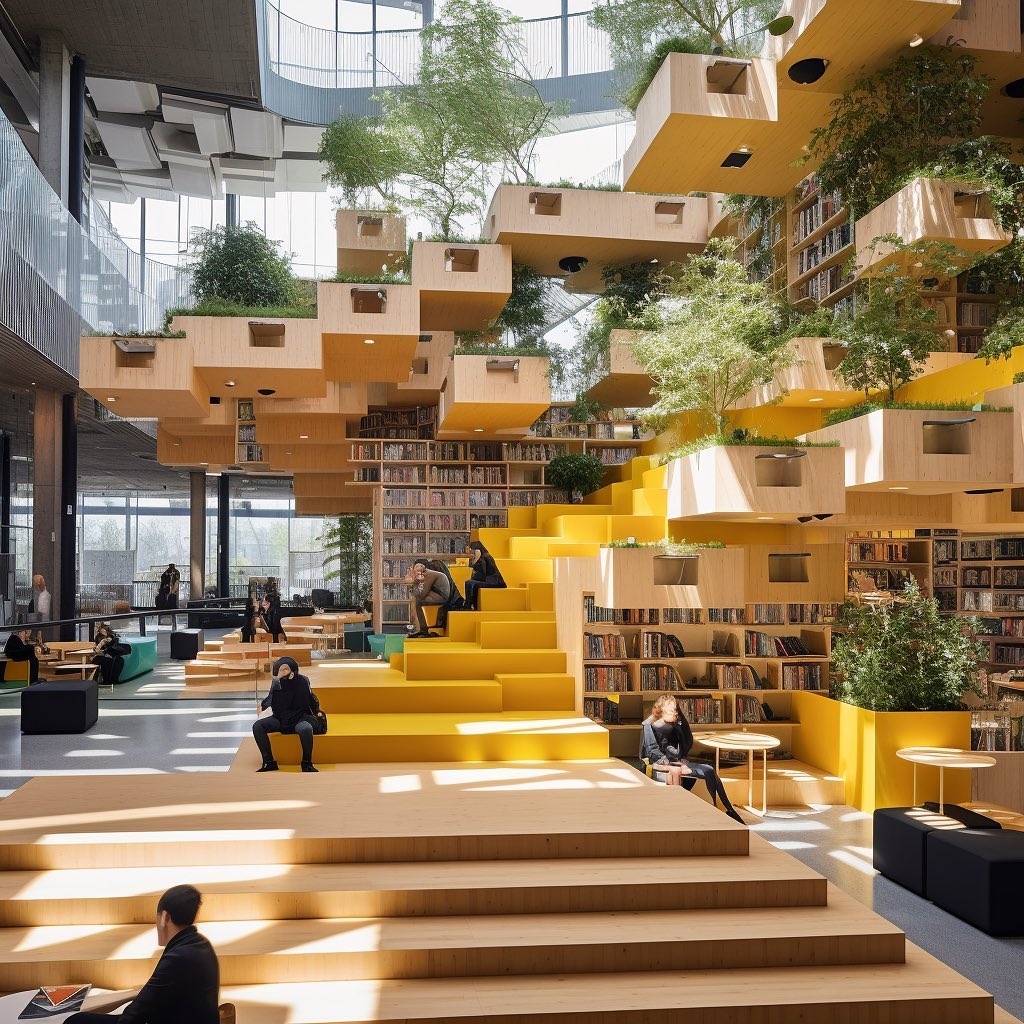
The concept of sharing visualized ideas on social media platforms aligns perfectly with the idea of brainstorming out loud. These platforms provide architects and artists with a space to showcase their creative process and share what is going on in their heads. The images they post, created with the help of text-to-image AI tools, serve as visual representations of their thoughts and inspirations, inviting others to join the conversation and contribute their own insights.
Simultaneous Ideation and Visualization

Traditionally, the visualization of ideas occurred after the brainstorming session, with architects developing their concepts into more detailed and refined designs. However, AI tools have revolutionized this workflow, enabling the simultaneous occurrence of idea visualization and ideation. Architects can now witness their ideas taking shape in real-time, allowing for a dynamic and iterative creative process. This accelerated feedback loop fosters a sense of continuous exploration and refinement.
In conclusion, Text-to-image AI tools like MidJourney have opened up new horizons for architects and creatives, fundamentally transforming the way ideas are communicated and developed. While they do not replace architects, these tools provide architects with a complementary means to explore numerous design alternatives quickly. The integration of AI tools into the brainstorming process facilitates free-flowing ideation, amplifies divergent thinking, and allows for simultaneous idea visualization. As the creative landscape continues to evolve, architects must embrace these innovative tools as a powerful allies in their quest to shape the built environment.



